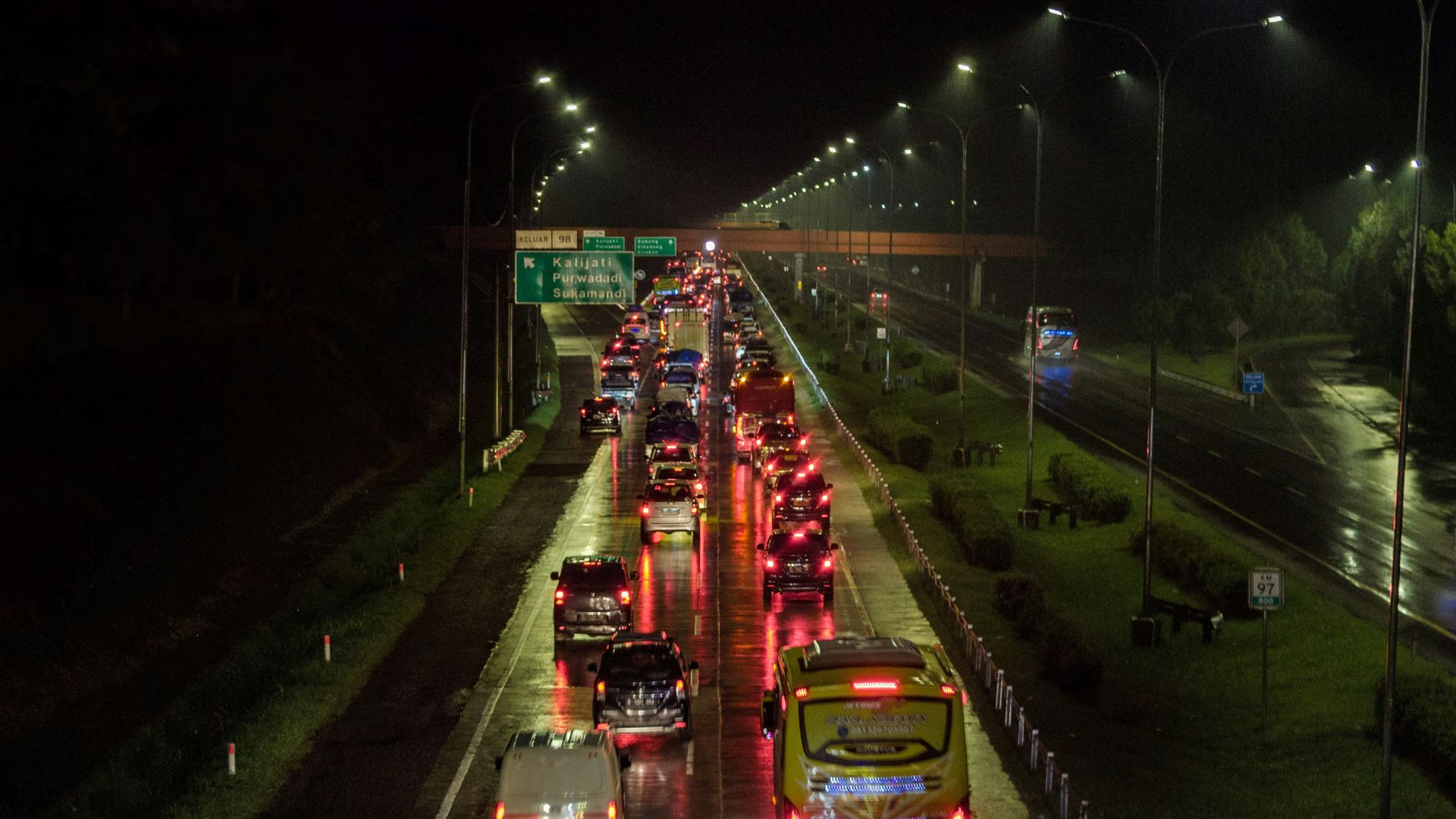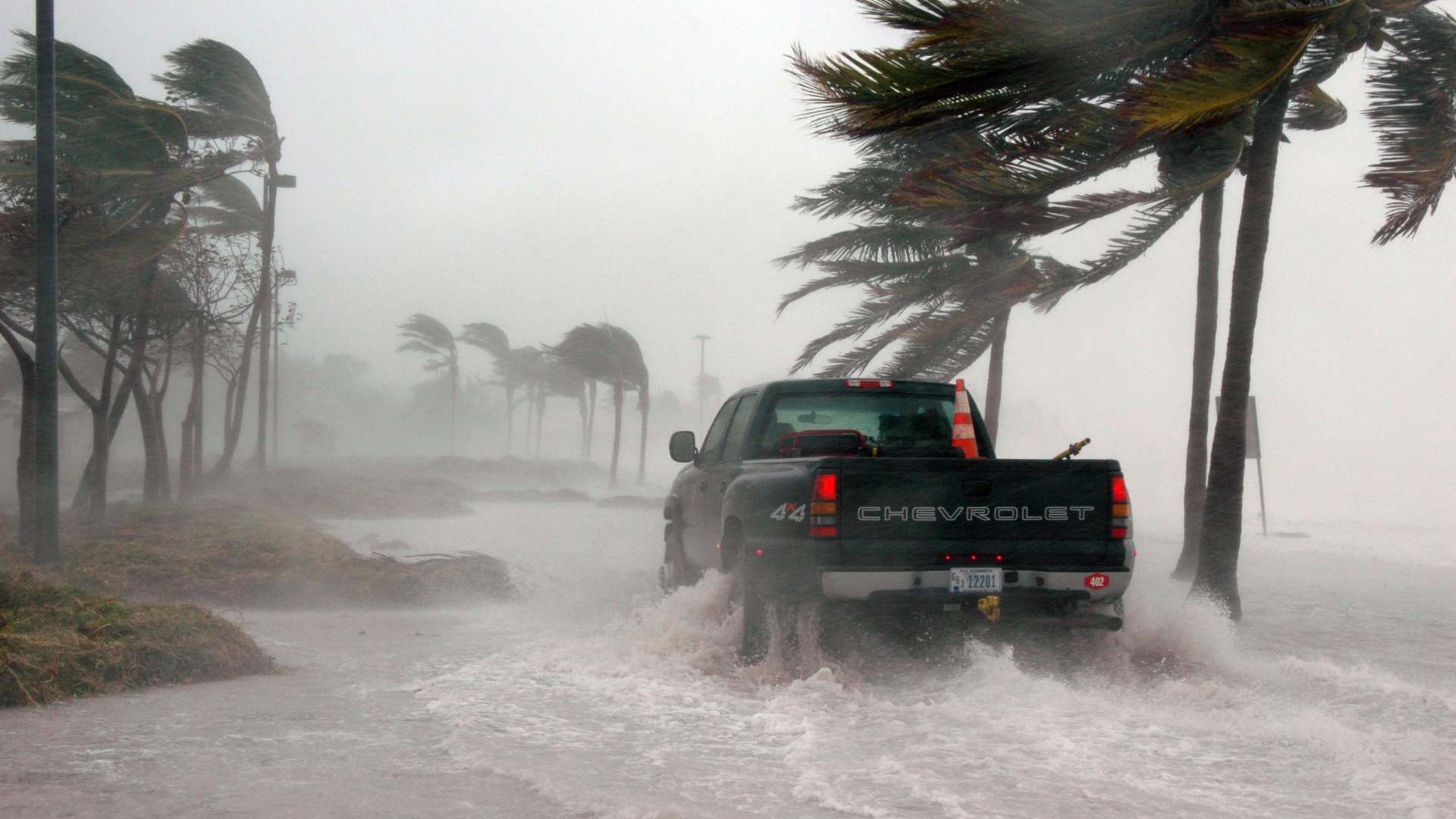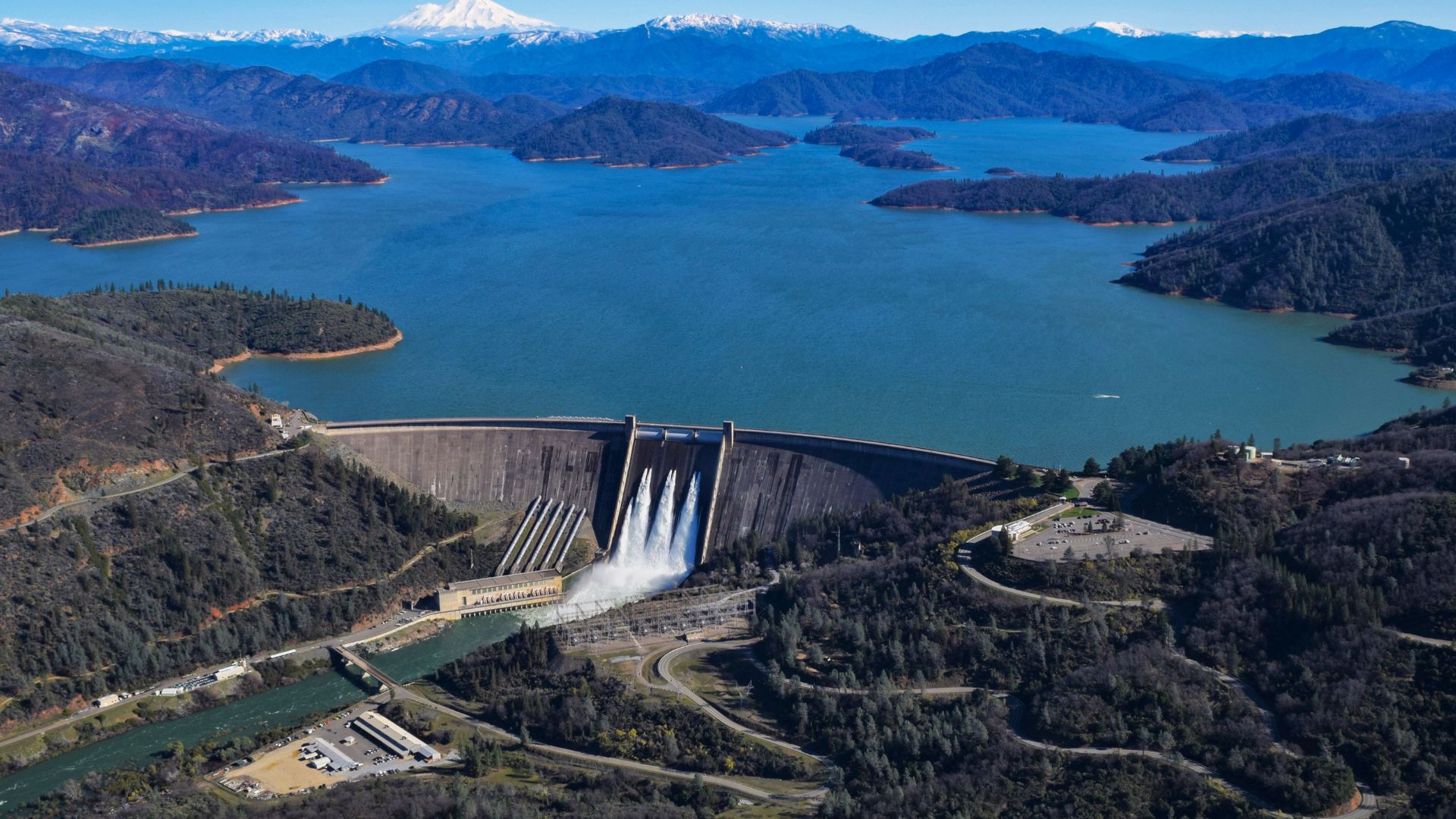Environmentalists are divided on the newest ruling from the Biden administration. The president’s team just announced that they will loosen the proposed car and truck fuel economy standards.
Many people think that the move is caving to the wants of car manufacturers instead of what is best for the environment.
Restrictions as of Last Year

In 2023, the Department of Transportation introduced a new rile that would require all cars built to meet 55.7 mpg and SUVs and trucks to meet an average of 52.2 mpg by the year 2031.
However, the rule will now revise these requirements and pull them down to 50.4 mpg and 54 mpg, a stark difference in the goal to eliminate or reduce air pollutants in the future.
Environmentalists Feel Mixed

Some climate scientists and environmentalists saw the standards as still working towards an achievable goal. Others, not so much.
Dan Becker, the director of the Safe Climate Transport Campaign at the Center for Biological Diversity, accused the administration says that the Biden administration has just caved to the pressure from automakers.
America Is Stuck on Oil

Becker thinks that the rule was the National Highway Traffic Safety Administration’s chance to “set strong standards for gas-powered vehicles, but instead, it sat on its tailpipes, leaving automakers free to make cars, SUVs and pickups that will guzzle and pollute for decades and keep America stuck on oil.”
Previously, the Biden administration took the transition away from oil and gas and towards clean energies and EVs exceptionally seriously. This reversal in the decision is confounding some proponents of the original plan.
What Will the Rule Really Change?

Currently, transportation contributes more planet-warming pollutants than any other economic sector in the United States. It accounts for almost a third of all emissions created in our country.
Many scientists agree that dangerous storms, severe weather patterns, and massive wildfires will drive the already dire situation as the Earth continues to heat.
Violent Hurricane Season Expected

One of global warming’s most immediate effects is the incidence of more extreme and violent hurricanes on the Gulf Coast.
As ocean waters rise and warm, the intensity of tropical storms increases. Earlier this year, Florida, Brazil, and Afghanistan all experienced devastating floods. In the meantime, dangerous fires burn across North America, Europe, and the Amazon as global fire efforts become exacerbated.
Public Health Also Impacted by Pollution

The same pollution that causes massive spikes in global temperatures directly impacts public health.
The American Lung Association notes that long-term exposure to traffic-related air pollution is associated with asthma, lower respiratory tract infections in children, cancers, and even premature death.
Can We Stop Traffic Pollution?

Several governmental agencies are currently attempting to reduce tailpipe pollutants to help stem rising global temperatures and protect public health.
In New York, the state is requiring all Lyfts and Ubers to be fully electric by 2030, and New Jersey will require all new cars sold to be electric by 2035.
Government Plans Are Still Necessary

Governments will still need to work in conjunction with car manufacturers to ensure that new cars and trucks being built meet emissions standards.
Regulations need to be imposed to keep companies and manufactures accountable.
Will EVs Help Cut Down the Problem?

While creating electric vehicles still requires energy and mined materials, using them more in the long run will have a positive impact on the environment.
EVs are responsible for considerably lower emissions over their lifetime than gas-powered cars.
Where Do EVs Get Their Charge From?

All EVs need to be charged by the electric grid. Where that electricity comes from depends on where you live.
For instance, most electricity in Canada is created by hydro power. Natural gas, oil, coal, and nuclear are all used in the United States. A new emphasis is being put on more clean energies like solar and wind.
Personal Responsibility

One of the most significant impacts that a person can make is by reducing their own emissions.
Something as simple as taking the train on a long trip or taking your bike to work or the store can add up to huge emissions savings in the long run. Every particle of C02 emitted into the air means more pollution and more heat in our atmosphere; cutting down at all will help.








































